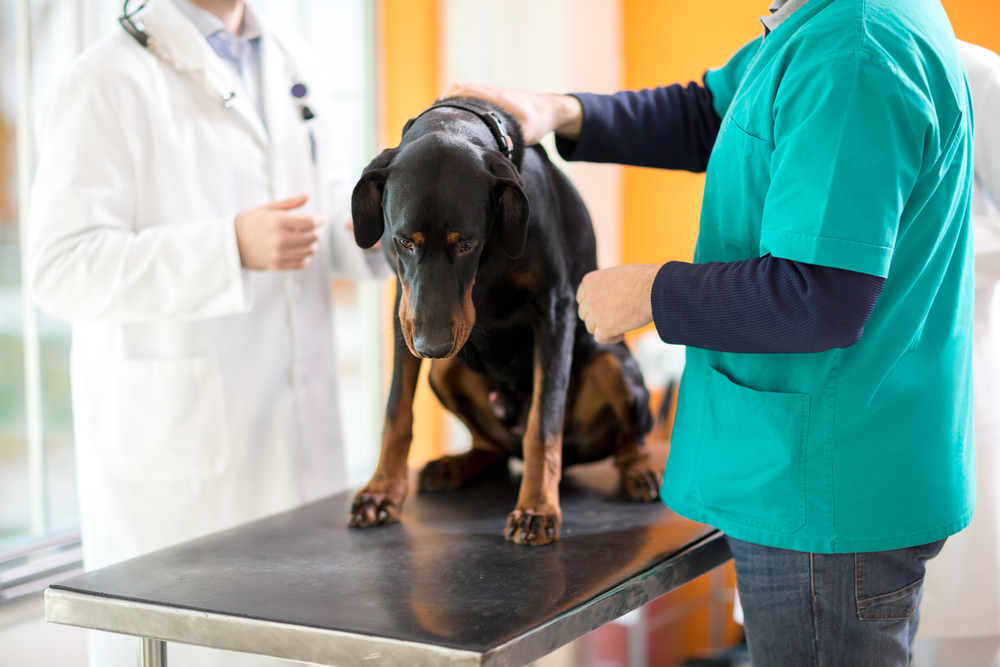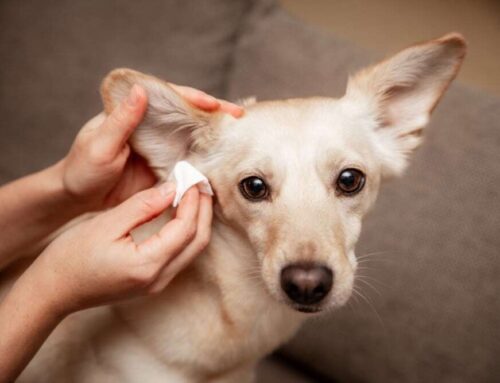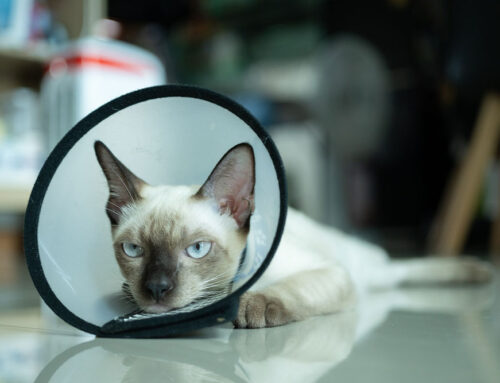Understanding Pet Lumps and Bumps: A Guide for Responsible Owners
Lumps and bumps on pets can be a source of concern for any pet owner. Identifying these abnormalities early and understanding when to seek veterinary care are crucial steps in ensuring your pet’s health and well-being.
At the Animal Medical Hospital of Naples, we are dedicated to providing comprehensive pet care. Trust our experienced team to guide you through understanding and addressing these issues with care. For more information about our clinic, please visit our homepage.
Identifying Lumps and Bumps in Pets
Common Types of Masses in Dogs and Cats
Not all lumps signify a serious condition, but distinguishing between benign and malignant masses is essential. Benign lumps, such as lipomas (fatty tumors) and sebaceous cysts, are common and often not harmful. Lipomas are typically soft and movable under the skin, whereas sebaceous cysts might feel firmer.
Pets can also develop more serious conditions like mast cell tumors or lymphoma, which require immediate attention due to their aggressive nature. Mast cell tumors, for example, can release histamine and other chemicals, causing local irritation and potentially systemic effects.
Conducting a Home Examination
Regular home examinations can help you detect potential issues before they escalate. During these exams, check for new lumps or changes in existing ones, focusing on size, shape, consistency, and whether they are painful to touch. A gentle touch is key to avoid distressing your pet. Pay attention to whether the lump grows quickly or changes color, as these can be signs that require veterinary evaluation.
For a detailed guide on performing these exams, refer to the Humane Society’s resource.
How-to Guide: Conducting a Home Lump Check
- Prepare Your Pet: Ensure your pet is calm and comfortable. Use treats and a soothing voice to reassure them.
- Inspect the Head and Neck: Gently feel around the ears, neck, and under the chin.
- Move to the Body: Check the back, sides, and abdomen. Feel for any unusual bumps or swellings.
- Examine the Limbs: Gently run your hands along the legs and paws.
- Check the Tail Area: Feel the base and length of the tail for irregularities.
- Note Any Changes: Document any new lumps or changes to existing ones, including size and texture changes.
Recognizing Alarming Signs
When a Mass Requires Immediate Attention
Some symptoms demand immediate veterinary attention. These include rapid growth of the lump, any oozing or bleeding, or if the lump feels hot to the touch. Such signs can indicate a severe infection or aggressive cancer, necessitating urgent care. Moreover, if your pet displays pain, difficulty breathing, or swelling in multiple areas, it could indicate systemic involvement.
Other Concerning Symptoms to Monitor
Monitor your pet for less obvious symptoms that may accompany a concerning lump, such as lethargy, decreased appetite, or behavioral changes. These symptoms can indicate underlying health issues, potentially linked to systemic effects of certain tumors or infections.
Diagnostic Procedures and Treatment Options
Navigating Diagnosis: What to Expect
When you bring your pet to our clinic, we start with a thorough evaluation that may include biopsies, blood tests, and imaging (such as X-rays or ultrasounds) to accurately diagnose the cause of the lump. A fine needle aspiration might be performed to collect cells for cytological examination, helping differentiate between benign and malignant masses.
At Animal Medical Hospital of Naples, we are equipped with state-of-the-art diagnostic tools to ensure your pet receives the best care. Learn more about our services here.
Treatment Pathways for Lumps and Bumps
Treatment options can vary from simple monitoring of benign masses to more aggressive approaches like surgery, cryosurgery, or chemotherapy, depending on the nature of the mass and the overall health of your pet. For instance, lipomas might only require monitoring unless they cause discomfort or impede movement, whereas malignant tumors might necessitate surgical removal followed by adjunct therapies. Our veterinary team is committed to providing personalized care tailored to your pet’s specific needs.
Preventive Measures and Regular Health Checks
Importance of Regular Veterinary Visits
Regular veterinary check-ups are vital in detecting early signs of health issues, including lumps and bumps. During these visits, veterinarians can perform thorough examinations and recommend diagnostic tests if necessary. The frequency of these visits can depend on your pet’s age, breed, and health history.
We recommend discussing a suitable health check schedule during your next visit to ensure any potential issues are identified and addressed early. To schedule an appointment, visit our Request Appointment page.

Lifestyle Adjustments to Minimize Risks
Maintaining a healthy lifestyle is essential for reducing the risk of diseases in pets. This includes a balanced diet, regular exercise, and proper care. A healthy diet rich in antioxidants can support your pet’s immune system, possibly reducing cancer risk. Regular exercise helps maintain a healthy weight, minimizing the chances of certain types of tumors.
For more tips on minimizing health risks and staying informed about pet health, visit the Veterinary Cancer Society’s resources.
Recognizing, responding to, and treating lumps and bumps in your pet are integral parts of responsible pet ownership. Early diagnosis and intervention can significantly improve outcomes, especially in cases of malignant tumors. The team at Animal Medical Hospital of Naples is here to support you through every step of this process, ensuring your pet receives the care they deserve.
For any concerns or to schedule a visit, please contact us. We are here to help you ensure a healthy, happy life for your pet.







Leave A Comment